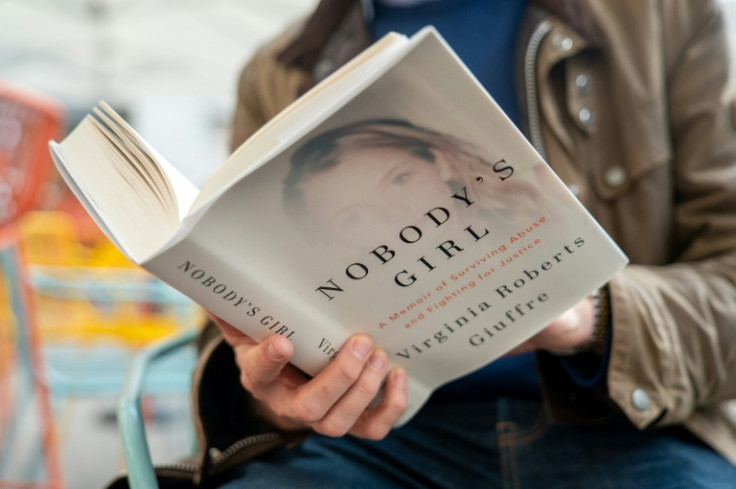Virginia Giuffre Exposes Jeffrey Epstein's 'Creepy Tucking-In Ritual', Viewers Say He Had 'Serious Mommy Issues'
In 'Nobody's Girl' and TV interviews, Giuffre and co-author Wallace describe how seemingly domestic acts were used to normalise abuse

Virginia Giuffre describes a 'creepy' bedtime routine carried out by Jeffrey Epstein that, she says, revealed a calculated intimacy used to control and demean his victims.
Giuffre's posthumous memoir, Nobody's Girl, and interviews given by her co-writer, Amy Wallace, have thrust into public view new, chilling details about Epstein's private rituals, including accounts that he asked teenage victims to 'tuck him in' at night.
Those passages, excerpted by Vanity Fair and discussed directly by Wallace in television interviews, are being cited by survivors and commentators as further evidence of how Epstein's power-play folded sexual abuse into domestic, parental intimacies. People are quick to point out how such details matter because they illuminate psychological tactics abusers use to minimise resistance and normalise exploitation.
New Details From a Posthumous Memoir
Giuffre completed Nobody's Girl: A Memoir of Surviving Abuse and Fighting for Justice before her death in April 2025, and the book was published by Knopf in October 2025. In excerpts released to major outlets, she revisits her recruitment at Mar-a-Lago and the years she says she was trafficked by Epstein and Ghislaine Maxwell.

Those passages include small, domestic-sounding acts: massaging, changing sheets, and, as Wallace recounts in broadcast interviews, being asked to 'tuck him in', which, according to Giuffre, were part of the way Epstein manufactured dependence and blurred boundaries.
The memoir and accompanying interviews have been extensively fact-checked and legally vetted by the publisher, Knopf.
The 'Tuck-In' Ritual
Wallace, the journalist who co-wrote Giuffre's memoir, has discussed the 'tuck-in' detail directly on national television and on the CBS Sunday Morning clip that accompanied the book's publicity.
Wallace told interviewers that Giuffre described Epstein asking young women to perform caretaking acts, such as tucking him into bed, which gave the abuse a veneer of intimacy and normality that could confuse victims about consent and power dynamics.
Comments across social media say such rituals can be especially manipulative because they mirror parental care while simultaneously violating the young person's autonomy.
Why the Ritual is Significant to Experts and Survivors
Research actually shows that the seeming banality of bedtime rituals made them potent tools of coercion. By repackaging sexualised acts as caregiving, an abuser can exploit a child's instinct to please and their confusion about role boundaries.

This is not merely anecdotal. Trauma experts explain that abusers often seek to embed abuse within routines so that victims are less likely to interpret what is happening as abuse until much later. Giuffre's memoir, and Wallace's public recounting of these episodes, therefore serve a dual purpose — documenting alleged crimes and offering readers an education in how grooming can hide inside 'ordinary' acts.
While such intimate details illuminate patterns, they are not evidence of discrete criminal acts absent corroboration. Giuffre's book is careful, they say, to contextualise memory, noting where she is certain and where recall is harder, and publishers say the manuscript underwent rigorous legal vetting.
Still, the richness of the memoir's detail has already shaped public conversation and revived calls to release the so-called Epstein files that survivors and investigators believe may name additional enablers.
For readers and policymakers, the takeaway is uncomfortable but clear: the mechanics of exploitation are often domestic, subtle, and meticulously staged. Giuffre's account and Wallace's public descriptions of the 'tuck-in' ritual force a reassessment of how we recognise abuse and protect vulnerable people from predators who weaponise intimacy.
© Copyright IBTimes 2025. All rights reserved.





















